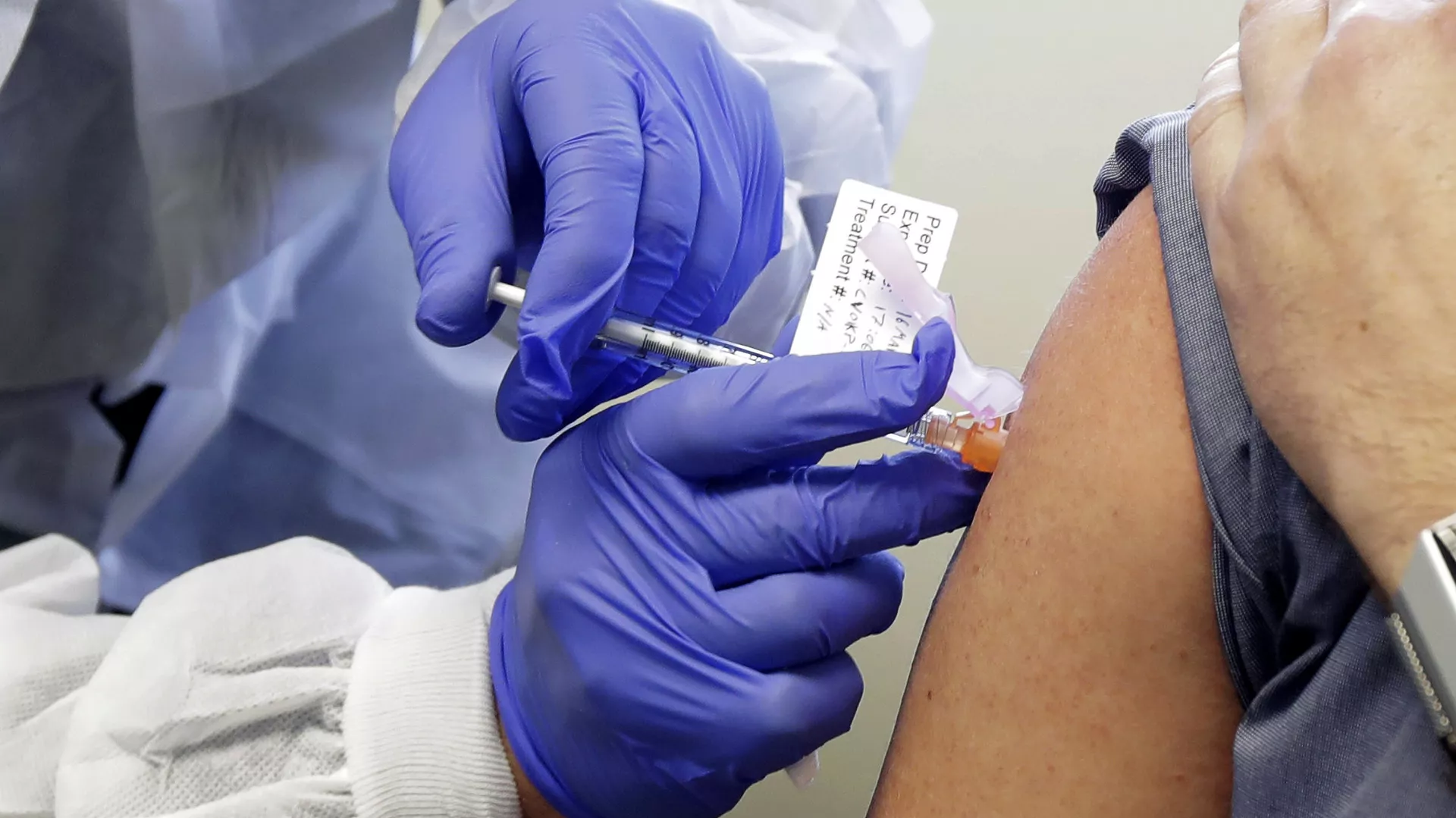Progress in vaccine roll-out last fall contrasts with waning public trust, largely due to challenges in accessing RSV vaccines. However, COVID-19-related hospitalizations have surged since November. By mid-December 2023, the CDC reported a nationwide increase in flu cases, despite vaccination falling short of 2022’s total by 8 million.
The US is navigating its first respiratory viral season since the pandemic, with an uptick in flu, COVID-19, and Respiratory Syncytial Virus (RSV) cases.
Now media have raised the spectre of a potential ‘triple-threat’ epidemic.
Last fall saw the US reviewing its infectious disease control plans in the wake of the COVID-19 pandemic. Newly-developed jabs targeting RSV were in circulation, and upgraded COVID-19 vaccines were also rolled out.
But public confidence is falling due to difficulty in accessing the RSV vaccine, while the take-up rate for the updated COVID-19 vaccines remains low.
COVID-19 hospitalization figures have risen since last November. Testing of domestic waste water shows significantly-increased viral concentrations in nearly 69 percent of locations.
The Centers for Disease Control and Prevention (CDC) has reported a widespread increase in flu cases nationwide. By mid-December there was a notable decline in flu vaccine uptake, with approximately 8 million fewer individuals vaccinated than in 2022.
During the initial pandemic phases, stringent measures to curb COVID-19 transmission seemingly also suppressed flu infections, which almost diappeared.. However, the subsequent 2022-23 flu season indicated a resurgence of flu cases.
According to a KFF survey, only about 20 percent of American adults have received the latest COVID-19 vaccine shot. Similarly, the adoption of earlier vaccine versions appeared lackluster, indicating that many individuals might still lack protection from the initial immunizations in 2020 or 2021.
Dr Luis Ostrosky from UTHealth Houston and Memorial Hermann spoke to media about the simultaneous increases in flu and COVID-19, highlighting a steady yet troubling uptick in RSV cases in the Houston area of Texas.
Underlining the severity of the situation, the CDC issued a health alert in late December 2023 urging clinicians to prioritize vaccinations and timely testing for patients exhibiting symptoms.
According to the CDC’s RSV data, test positivity for both antigen and PCR tests peaked by the end of last November and has since started to decline.
While there was optimism surrounding the approval of two RSV vaccines for the elderly and a monoclonal antibody for infants to mitigate cases this season, Sanofi, the manufacturer of the jabs, announced a shortage last October due to “unprecedented demand.”
This led the CDC to instruct doctors to prioritize the highest-risk patients for the available doses. Additionally, the uptake of the RSV vaccine among senior citizens has been notably low. By mid-December 2023, CDC statistics indicated that only about 10 percent of nursing home residents had been vaccinated against the virus.
Marcus Plescia, representing the Association of State and Territorial Health Officials, expressed apprehension over the escalating viral activity. While the US braces for a potential surge in post-holiday travel, he lamented the relaxed attitudes toward pandemic-era precautions, including staying home when unwell and mask-wearing.
However, Plescia acknowledged that many hospitals are re-implementing mask mandates, anticipating more such directives in the coming days. But as yet there is no widespread report of hospitals being overwhelmed by the surge in respiratory cases.




